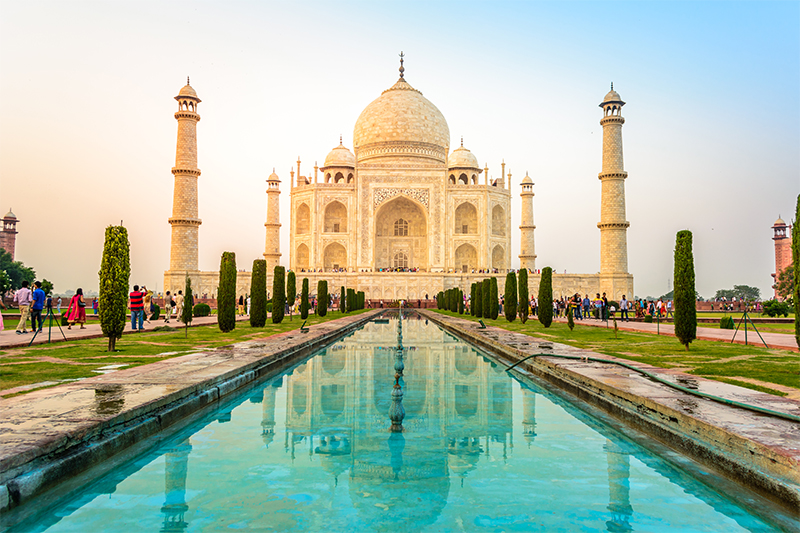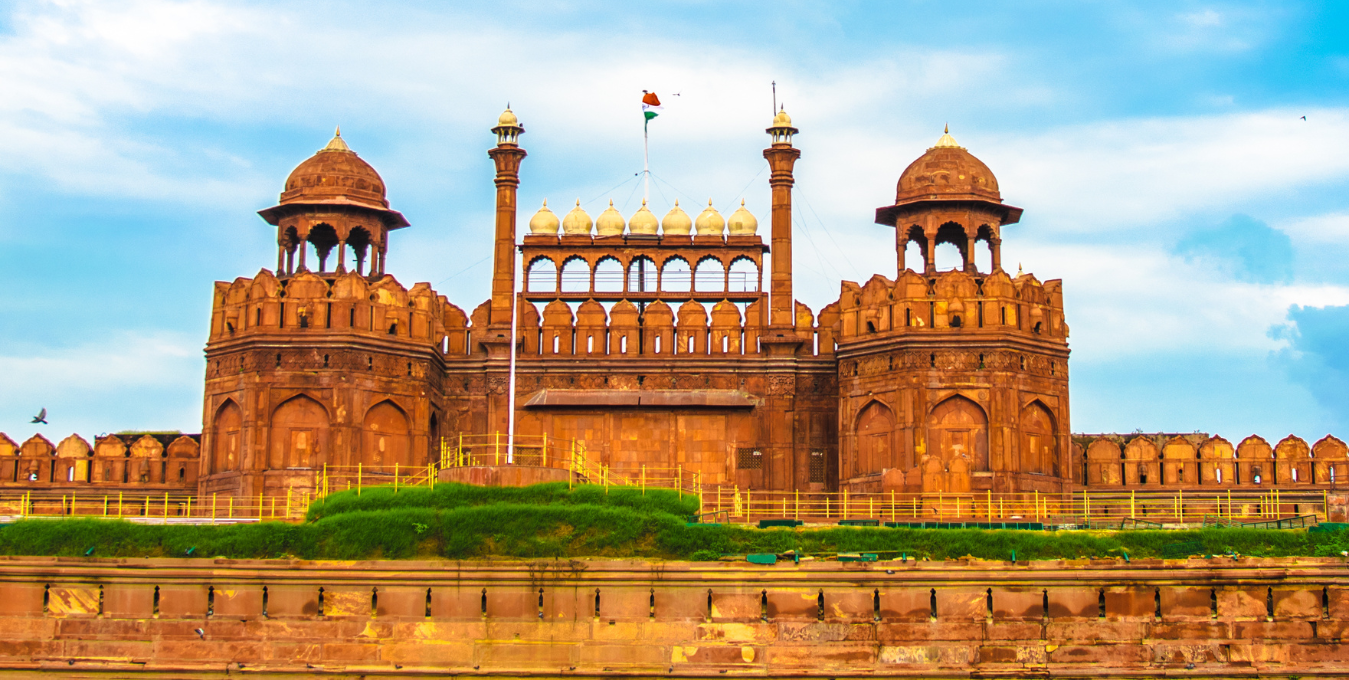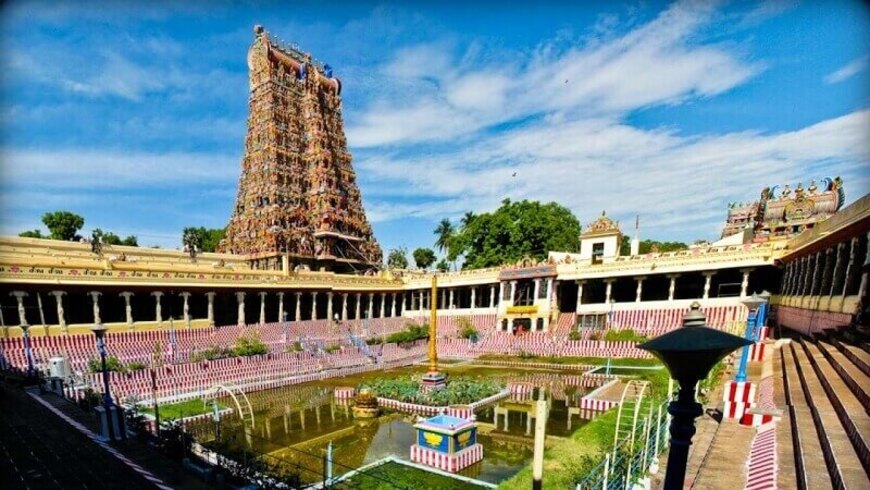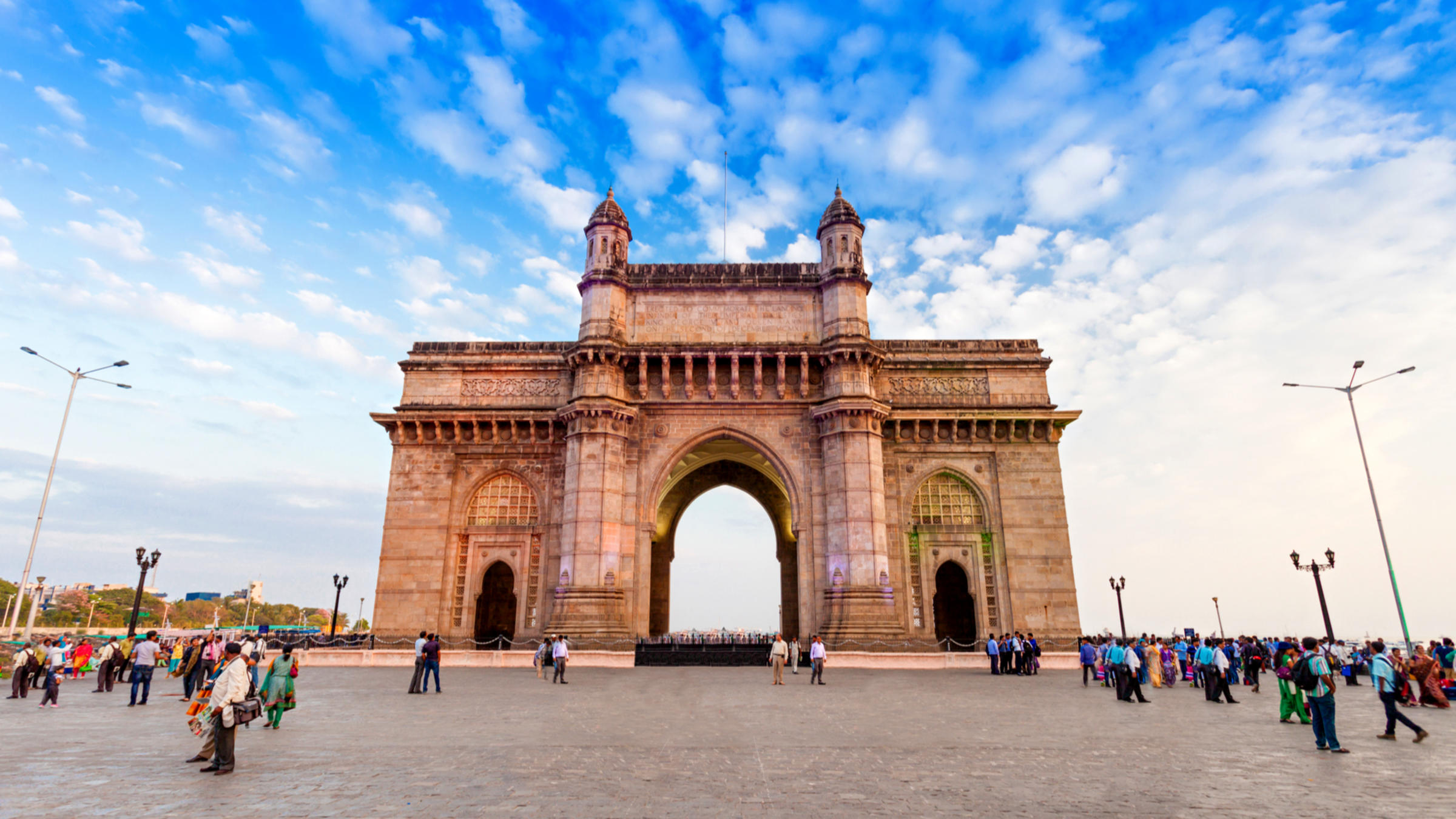
India is a land of ancient civilizations, rich heritage, and timeless beauty. The country’s history is etched in its majestic monuments, each telling stories of rulers, devotion, love, battles, and art. From intricate carvings to grand domes, Indian monuments reflect centuries of architectural brilliance and cultural diversity.
Let’s explore the Top 5 Famous Monuments of India, diving into their history, architecture, and importance.
🕌 1. Taj Mahal – Agra, Uttar Pradesh

📜 History:
Commissioned in 1632 by Mughal Emperor Shah Jahan, the Taj Mahal was built in memory of his beloved wife, Mumtaz Mahal, who died during childbirth. It stands as a symbol of eternal love.
🏛️ Architecture:
- Built using white Makrana marble
- Reflects Mughal architecture with Persian, Islamic, and Indian influences
- Features a large central dome, four minarets, intricate inlay work with semi-precious stones, and symmetrical gardens
- UNESCO World Heritage Site (1983)
🧭 Significance:
- Regarded as one of the Seven Wonders of the World
- Symbol of India’s identity and global tourism
- A pilgrimage for lovers, poets, and historians
🏰 2. Red Fort – Delhi

📜 History:
Constructed by Emperor Shah Jahan in 1648 when he shifted the Mughal capital from Agra to Delhi. It served as the main residence of Mughal emperors for over 200 years.
🏛️ Architecture:
- Built with red sandstone
- Massive walls stretch over 2.5 kilometers
- Contains royal chambers, Diwan-i-Khas, Diwan-i-Aam, and beautiful gardens
- A mix of Islamic, Persian, Timurid, and Hindu architectural styles
🧭 Significance:
- Indian Prime Minister hoists the national flag here every Independence Day (15th August)
- A symbol of India’s struggle for freedom
- Declared UNESCO World Heritage Site in 2007
🕍 3. Qutub Minar – Delhi

📜 History:
Started in 1192 by Qutb-ud-din Aibak, the founder of the Delhi Sultanate, and completed by his successors. It marks the beginning of Muslim rule in India.
🏛️ Architecture:
- Tallest brick minaret in the world at 73 meters
- Made of red sandstone and marble
- Features five storeys, each with intricate carvings and verses from the Quran
- Surrounded by ancient ruins and the Quwwat-ul-Islam Mosque
🧭 Significance:
- UNESCO World Heritage Site
- Represents Islamic architecture’s entry into Indian soil
- A major historical and archaeological site in Delhi
🛕 4. Meenakshi Temple – Madurai, Tamil Nadu
📜 History:

Originally built around 6th century CE, but the current structure was rebuilt and expanded by Nayak rulers in the 16th century. Dedicated to Goddess Meenakshi (a form of Parvati) and Lord Sundareswarar (Shiva).
🏛️ Architecture:
- Classic example of Dravidian temple architecture
- 14 majestic gopurams (gateway towers), each elaborately carved and painted with thousands of divine figures
- Intricate sculptures and vibrant frescoes inside the temple halls
- The Thousand Pillar Hall is a marvel of symmetry and design
🧭 Significance:
- One of the holiest pilgrimage sites in South India
- Symbolizes spiritual and architectural richness
- Hosts the grand Meenakshi Thirukalyanam festival
🏯 5. Gateway of India – Mumbai, Maharashtra

📜 History:
Built to commemorate the arrival of King George V and Queen Mary to India in 1911. Completed in 1924, during British rule.
🏛️ Architecture:
- Built in Indo-Saracenic style, blending Islamic and Hindu motifs
- Constructed using yellow basalt and reinforced concrete
- Faces the Arabian Sea and has become a coastal landmark
🧭 Significance:
- The ceremonial exit point for British troops in 1948 after India’s independence
- A powerful symbol of colonial history and national pride
- Major tourist attraction and photo hotspot
Conclusion:
India’s monuments are not just stone structures, but living pieces of history. They embody stories of devotion, conquest, culture, and love. Visiting these monuments is like walking through centuries of legacy and artistry.
Each of these iconic sites — the Taj Mahal’s love, Red Fort’s nationalism, Qutub Minar’s legacy, Meenakshi Temple’s spirituality, and Gateway of India’s history — forms a beautiful tapestry of India’s soul.
📌 Suggested Itinerary:
- Start in Delhi: Visit Red Fort and Qutub Minar
- Travel to Agra: Witness the Taj Mahal
- Head to South: Explore Meenakshi Temple in Madurai
- End in the West: Stand by the Gateway of India in Mumbai






